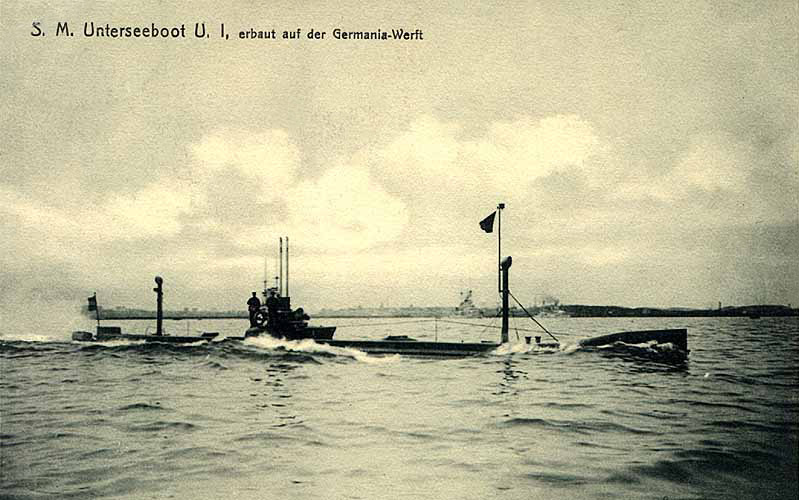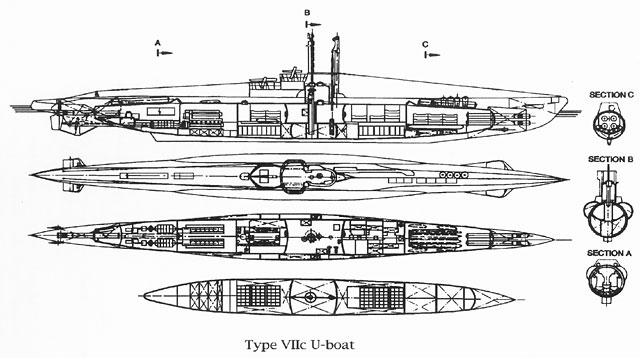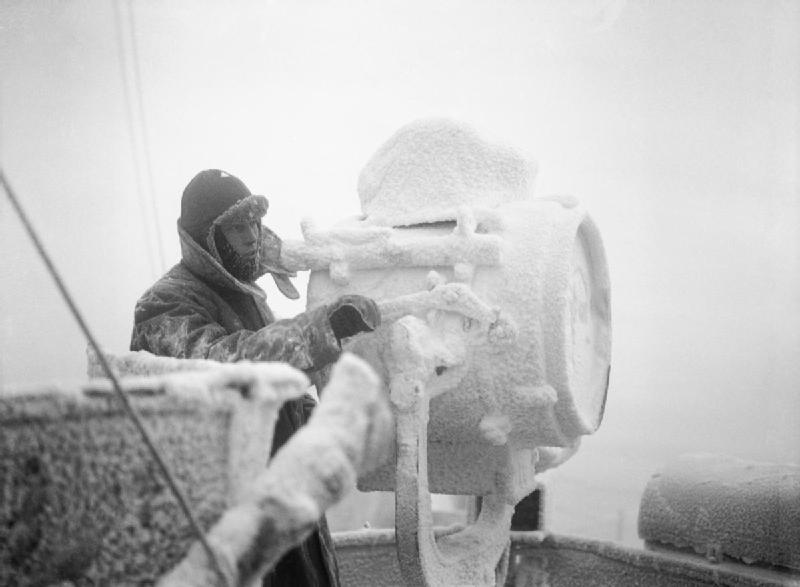|
11th U-boat Flotilla
The 11th U-boat Flotilla (German ''11. Unterseebootsflottille'') was formed on 15 May 1942 in Bergen, Norway. The flotilla operated mainly in the North Sea and against the Russian convoys (JW, PQ, QP and RA series) in the Arctic Sea. The flotilla operated various marks of the Type VII U-boat until September 1944, when it had an influx of some Type IX boats from France. It also was the only flotilla to field the Type XXI U-boat Type XXI submarines were a class of German diesel–electric '' Elektroboot'' (German: "electric boat") submarines designed during the Second World War. One hundred eighteen were completed, with four being combat-ready. During the war only two w ... for operational use, but the war ended before saw action. The Flotilla was disbanded on 9 May 1945 with the German surrender. Flotilla commanders External links * * 11 Military units and formations of the Kriegsmarine Military units and formations established in 1942 Military units and formati ... [...More Info...] [...Related Items...] OR: [Wikipedia] [Google] [Baidu] |
U-boat
U-boats are Submarine#Military, naval submarines operated by Germany, including during the World War I, First and Second World Wars. The term is an Anglicization#Loanwords, anglicized form of the German word , a shortening of (), though the German term refers to any submarine. Austro-Hungarian Navy submarines were also known as U-boats. U-boats are most known for their unrestricted submarine warfare in both world wars, trying to Commerce raiding, disrupt merchant traffic towards the UK and force the UK out of the war. In World War I, Germany intermittently waged unrestricted submarine warfare against the United Kingdom, UK: a first campaign in 1915 was abandoned after strong protests from the US but in 1917 the Germans, facing deadlock on the continent, saw no other option than to resume the campaign in February 1917. The renewed campaign failed to achieve its goal mainly because of the introduction of Convoys in World War I, convoys. Instead the campaign ensured final defeat ... [...More Info...] [...Related Items...] OR: [Wikipedia] [Google] [Baidu] |
Type IX U-boat
The Type IX U-boat was designed by Nazi Germany's ''Kriegsmarine'' in 1935 and 1936 as a large ocean-going submarine for sustained operations far from the home support facilities. Type IX boats were briefly used for patrols off the eastern United States in an attempt to disrupt the stream of troops and supplies bound for Europe. It was derived from the Type I submarine, Type IA and appeared in various sub-types. Type IXs had six torpedo tubes; four at the bow and two at the stern. They carried six reloads internally and had five external torpedo containers (three at the stern and two at the bow) which stored ten additional torpedoes. The total of 22 torpedoes allowed U-boat commanders to follow a convoy and strike night after night. Some of the IXC boats were fitted for mine operations; as mine-layers they could carry 44 TMA mine, TMA or 60 TMB mines. Secondary armament was provided by one 10.5 cm SK C/32 naval gun, deck gun with 180 rounds. Anti-aircraft armament differed thr ... [...More Info...] [...Related Items...] OR: [Wikipedia] [Google] [Baidu] |
Military Units And Formations Established In 1942
A military, also known collectively as armed forces, is a heavily Weapon, armed, highly organized force primarily intended for warfare. Militaries are typically authorized and maintained by a sovereign state, with their members identifiable by a distinct military uniform. They may consist of one or more military branches such as an army, navy, air force, space force, marines, or coast guard. The main task of a military is usually defined as defence of their state and its interests against external armed threats. In broad usage, the terms "armed forces" and "military" are often synonymous, although in technical usage a distinction is sometimes made in which a country's armed forces may include other paramilitary forces such as armed police. Beyond warfare, the military may be employed in additional sanctioned and non-sanctioned functions within the state, including internal security threats, crowd control, promotion of political agendas, emergency services and reconstructi ... [...More Info...] [...Related Items...] OR: [Wikipedia] [Google] [Baidu] |
U-boat Flotillas
U-boats are naval submarines operated by Germany, including during the First and Second World Wars. The term is an anglicized form of the German word , a shortening of (), though the German term refers to any submarine. Austro-Hungarian Navy submarines were also known as U-boats. U-boats are most known for their unrestricted submarine warfare in both world wars, trying to disrupt merchant traffic towards the UK and force the UK out of the war. In World War I, Germany intermittently waged unrestricted submarine warfare against the UK: a first campaign in 1915 was abandoned after strong protests from the US but in 1917 the Germans, facing deadlock on the continent, saw no other option than to resume the campaign in February 1917. The renewed campaign failed to achieve its goal mainly because of the introduction of convoys. Instead the campaign ensured final defeat as the campaign was a contributing factor to the entry of the US in the First World War. In World War II, Karl ... [...More Info...] [...Related Items...] OR: [Wikipedia] [Google] [Baidu] |
Hans Cohausz
Hans may refer to: __NOTOC__ People * Hans (name), a masculine given name * Hans Raj Hans, Indian singer and politician ** Navraj Hans, Indian singer, actor, entrepreneur, cricket player and performer, son of Hans Raj Hans ** Yuvraj Hans, Punjabi actor and singer, son of Hans Raj Hans * Hans clan, a tribal clan in Punjab, Pakistan Places * Hans, Marne, a commune in France * Hans Island, administrated by Greenland and Canada Arts and entertainment * ''Hans'' (film) a 2006 Italian film directed by Louis Nero * Hans (Frozen), the main antagonist of the 2013 Disney animated film ''Frozen'' * ''Hans'' (magazine), an Indian Hindi literary monthly * ''Hans'', a comic book drawn by Grzegorz Rosiński and later by Zbigniew Kasprzak Other uses * Clever Hans, the "wonder horse" * ''The Hans India'', an English language newspaper in India * HANS device, a racing car safety device * Hans, the ISO 15924 code for Simplified Chinese characters See also *Han (other) Han may refer t ... [...More Info...] [...Related Items...] OR: [Wikipedia] [Google] [Baidu] |
Fregattenkapitän
() is the middle ranking senior officer in a number of Germanic-speaking navies. Austro-Hungary Belgium Germany , short: FKpt / in lists: FK, is the middle Senior officer military rank, rank () in the German Navy. It is the equivalent of frigate captain or commander in other navies, and the equivalent of ''Oberstleutnant'' in the German army and air force. Address In line with ZDv 10/8, the official manner of formally addressing military personnel holding the rank of (OF-4) is "Herr/Frau Fregattenkapitän". However, following German naval tradition the "Fregattenkapitän" is usually addressed as "Herr/Frau Kapitän" or in seamen's language as "Herr/Frau Kap'tän". Rank Insignia and Rating Rank insignia , worn on the sleeves and shoulders, are one five-pointed star above three stripes and a half stripe between stripe two and one (or rings on sleeves; without the star when rank loops are worn). The rank is rated Ranks and insignia of NATO armies officers, OF-4 in NA ... [...More Info...] [...Related Items...] OR: [Wikipedia] [Google] [Baidu] |
Type XXI U-boat
Type XXI submarines were a class of German diesel–electric '' Elektroboot'' (German: "electric boat") submarines designed during the Second World War. One hundred eighteen were completed, with four being combat-ready. During the war only two were put into active service and went on patrols, but these were not used in combat. They were the first submarines designed to operate primarily submerged, rather than spending most of their time as surface ships that could submerge for brief periods as a means of escaping detection. They incorporated many batteries to increase the time they could spend submerged, to as much as several days, and they only needed to surface to periscope depth for recharging via a snorkel. The design included many general improvements as well: much greater underwater speed by an improved hull design, greatly improved diving times, power-assisted torpedo reloading and greatly improved crew accommodations. However, the design was also flawed in many ways, wi ... [...More Info...] [...Related Items...] OR: [Wikipedia] [Google] [Baidu] |
Type VII U-boat
Type VII U-boats were the most common type of German World War II U-boat. 704 boats were built by the end of the war. The type had several modifications. The Type VII was the most numerous U-boat type to be involved in the Battle of the Atlantic. The lone surviving example, , is on display at the Laboe Naval Memorial located in Laboe, Schleswig-Holstein, Germany. At the start of the Second World War the ''Type VII'' class wastogether with the British ''U'', ''S'' and ''T'' class and Dutch ''O 21'' classone of the most advanced submarine classes in service. Design After the defeat in World War I, the Treaty of Versailles forbade Germany to build submarines. Germany circumvented the treaty by setting up the Dutch dummy company ''NV Ingenieurskantoor voor Scheepsbouw Den Haag'' (I.v.S) which continued to design submarines. Based on the World War I design of the Type UB III and its never-built successors Type UF and Type UG, IVS designed the Vetehinen-class submarine and i ... [...More Info...] [...Related Items...] OR: [Wikipedia] [Google] [Baidu] |
Bergen
Bergen (, ) is a city and municipalities of Norway, municipality in Vestland county on the Western Norway, west coast of Norway. Bergen is the list of towns and cities in Norway, second-largest city in Norway after the capital Oslo. By May 2025 the population is 294 029 according to Statistics Norway. The municipality covers and is on the peninsula of Bergenshalvøyen. The city centre and northern neighbourhoods are on Byfjorden (Hordaland), Byfjorden, 'the city fjord'. The city is surrounded by mountains, causing Bergen to be called the "city of Seven Mountains, Bergen, seven mountains". Many of the extra-municipal suburbs are on islands. Bergen is the administrative centre of Vestland county. The city consists of eight boroughs: Arna, Bergen, Arna, Bergenhus, Fana, Bergen, Fana, Fyllingsdalen, Laksevåg, Ytrebygda, Årstad, Bergen, Årstad, and Åsane. Trading in Bergen may have started as early as the 1020s. According to tradition, the city was founded in 1070 by King Ol ... [...More Info...] [...Related Items...] OR: [Wikipedia] [Google] [Baidu] |
Arctic Sea
The Arctic Ocean is the smallest and shallowest of the world's five oceanic divisions. It spans an area of approximately and is the coldest of the world's oceans. The International Hydrographic Organization (IHO) recognizes it as an ocean, although some oceanographers call it the Arctic Mediterranean Sea. It has also been described as an estuary of the Atlantic Ocean. It is also seen as the northernmost part of the all-encompassing world ocean. The Arctic Ocean includes the North Pole region in the middle of the Northern Hemisphere and extends south to about 60°N. The Arctic Ocean is surrounded by Eurasia and North America, and the borders follow topographic features: the Bering Strait on the Pacific side and the Greenland Scotland Ridge on the Atlantic side. It is mostly covered by sea ice throughout the year and almost completely in winter. The Arctic Ocean's surface temperature and salinity vary seasonally as the ice cover melts and freezes; its salinity is the lowest ... [...More Info...] [...Related Items...] OR: [Wikipedia] [Google] [Baidu] |
Arctic Convoys Of World War II
The Arctic convoys of World War II were oceangoing convoys which sailed from the United Kingdom, Iceland, and North America to northern ports in the Soviet Union – primarily Arkhangelsk (Archangel) and Murmansk in Russia. There were 78 convoys between August 1941 and May 1945, sailing via several seas of the Atlantic Ocean, Atlantic and Arctic Ocean, Arctic oceans, with periods with no sailings during several months in 1942, and in the summers of 1943 and 1944. About 1,400 merchant ships delivered essential supplies to the Soviet Union under the Anglo-Soviet Agreement and US Lend-Lease program, escorted by ships of the Royal Navy, Royal Canadian Navy, and the U.S. Navy. Eighty-five merchant vessels and 16 Royal Navy warships (two cruisers, six destroyers, eight other escort ships) were lost. Nazi Germany's ''Kriegsmarine'' lost a number of vessels including German battleship Scharnhorst, one battleship, three destroyers, 30 U-boats, and many aircraft. The convoys demonstrated ... [...More Info...] [...Related Items...] OR: [Wikipedia] [Google] [Baidu] |







